Our minds are naturally restless. Our bodies are naturally fidgety. How do we control our thoughts and stop our minds from wandering? Why is it important to stay focused during meditation? How to focus during meditation?
We can stay focused in meditation by learning techniques and strategies, and assuming a pioneering spirit to redirect our energy and attention to explore the inner superconscious states.
Swami Kriyananda said, “The essential attitude for correct meditation is one of listening. The difference between prayer and meditation is that in prayer we talk to God, whereas in meditation we listen for His answer.”
Why Is It Important to Stay Focused During Meditation?
It’s important to stay focused in meditation because if your mind is racing from topic to topic, you won’t be able to experience the inner peace that we all need and you won’t be able to listen to your soul’s guidance. In Meditation for Starters, Swami Kriyananda said: “Everyone needs to practice the art of doing things restfully. You’ll ever find peace in anything, until you make peace with the creative process. Hence the importance of meditation.”
Kriyananda also explained: “[Meditation] is a state of intense inward awareness, a state in which one’s attention is no longer engaged in cheering onward the parade that life marches past us of projects and problems, but is wholly engrossed in the superconscious experience.”
Achieving this state is easier said than done. Every day we absorb ourselves in the activities of our lives and living – family, home, work, school, recreation, social life, etc. Shifting gears to focus on the inner life is not something most of us can do spontaneously or easily. Moving from engagement with the conscious mind, normal awareness, and the state of our affairs takes dedicated time and practice.
What happens when you are watching a movie and someone is talking – and you are also distracted and busy doing something else? You might get snatches of the dialogue. You might hear some of the music in the background or catch a few glimpses of the scenes. You might also get some notions about the characters involved and pick up a few hints about the plot.
However, if the noise, distractions, and restlessness continue, you will not be able to pay attention and you will not be able to listen. Your averted attention and focus will cause you to miss the whole point, purpose, and story of the movie playing out in front of you. The next thing we know, the credits are rolling and our time has expired. This is what happens when we are restless and our wandering minds dominate our meditations. We cannot listen or hear the soul’s guidance.
It helps to make a conscious decision to leave the cares of the world away for a while. Stop worrying and planning for this short period- all your problems will still be there when your meditation is complete.
The good news is that practicing meditation can help us to stay focused and quiet the mind. We can learn to settle down and be still. We can channel and tune our thoughts to their highest octaves.
Our suggestions for improving focus during meditation are: eliminating physical tension, relaxing the body, prayer, achieving perfect stillness, expanding your meditation period, keeping your eyes raised, focusing on breath, consciously withdrawing your energy, doing one thing at a time and asking for concentration ad devotion. Read on for details about these 10 helpful strategies.
10 Ways To Improve Focus During Meditation

1) Concentrate Without Physical Tension
Many new meditators, in an effort to concentrate more deeply, tense the muscles in their body. Deep concentration, however, is possible only in a state of relaxation.
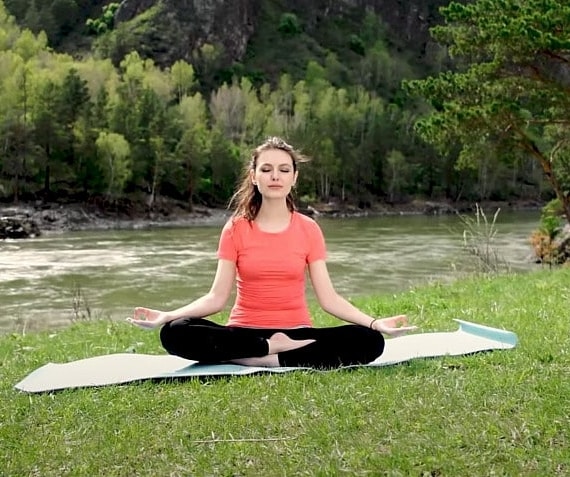
2) Relax the Body
To improve concentration in meditation, you need to start by relaxing the body. A very effective way to release stored-up bodily tension is to inhale and tense the whole body, and then release the tension as you exhale. Yogananda recommended tensing and relaxing, as well as the Regular Breathing Technique before meditation. Inhale slowly, counting to twelve. Hold the breath for the same umber of counts while concentrating at the point between the eyebrows. Then slowly exhale for the same twelve counts. This is one round of Regular Breathing. Do six to nine rounds as you start to meditate.
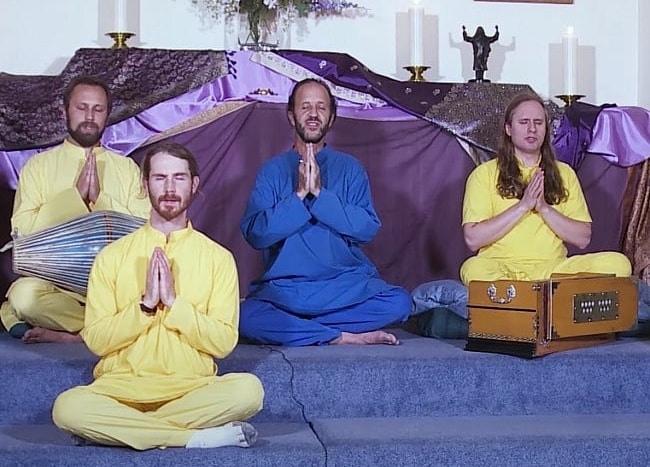
3) Pray Before You Meditate
This will help you remember why you are meditating! You will also be inviting the Divine, or your Higher Self, to help you in your practice.

4) Sit Perfectly Still
Moving your body the slightest amount sends energy, or life-force, into the muscles. Since the purpose of yoga is to draw your energy inward, any physical movement reduces your effort because it draws your energy and awareness into the body. To keep yourself from fidgeting during meditation, try thinking of your body as a rock — solid and unmoving.
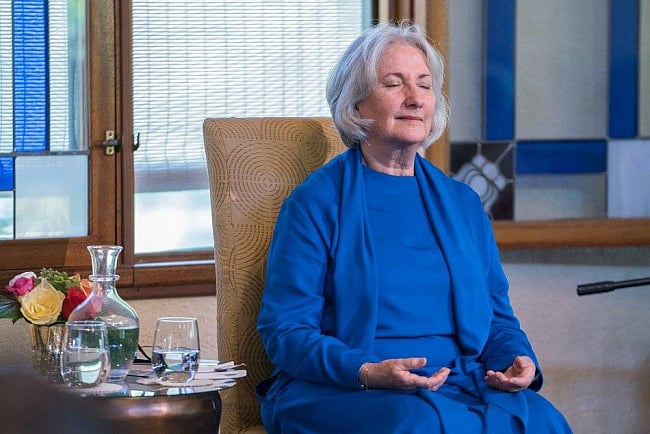
5) Sit Longer
Your restlessness will subside the longer you sit in meditation. Even a glass of muddy water becomes clear in time, if the water is allowed to sit undisturbed.
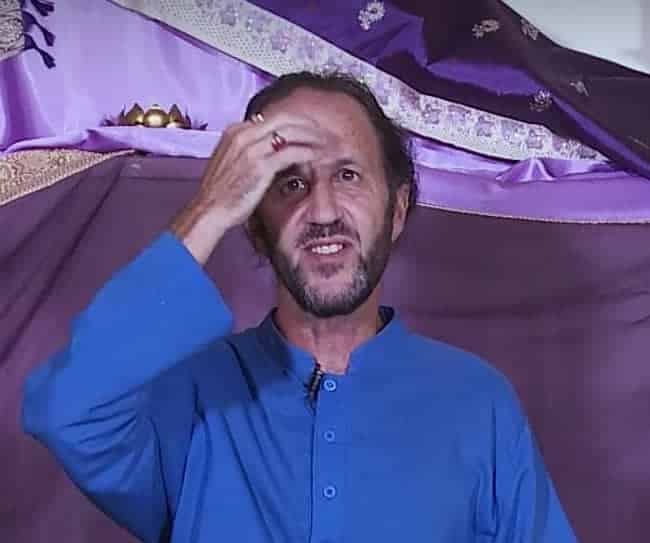
6) Keep Your Eyes Gently Raised
The point between the eyebrows, or spiritual eye, is the seat of concentration in the body, and whenever we need to concentrate deeply, we naturally focus there. It is very beneficial to keep the eyes lifted, without strain, during meditation. If you do, you will notice an improvement in your concentration.
7) Focus on the Breath
Many yoga and meditation techniques emphasize the breath. These are great meditation techniques for focus and concentration.
There is prana all around us and in the air we breathe that can be of tremendous physical and spiritual benefit.
Here are a couple of useful breathing techniques that help us to stay focused during meditation. Watching the breath also quiets the mind and emotions while meditating or just when we are sitting quietly.
Watching the Breath – Breathe from the diaphragm and extend that air into the lungs. Pay attention to the feeling and sensation of air filling your lungs. Feel cool air entering your nostrils as you inhale and feel the warm air in the nostrils as you exhale. Allow the breath to calm and slow down naturally without making an effort to control it.
Measured Breathing – This is another enjoyable breathing technique. Measured breathing has 3 parts: inhale, hold, and exhale. During each part of this practice, use a count that is comfortable for you to manage. For example inhale for 6, hold for 6, and exhale for 6. Adjust the count to whatever works best for you.
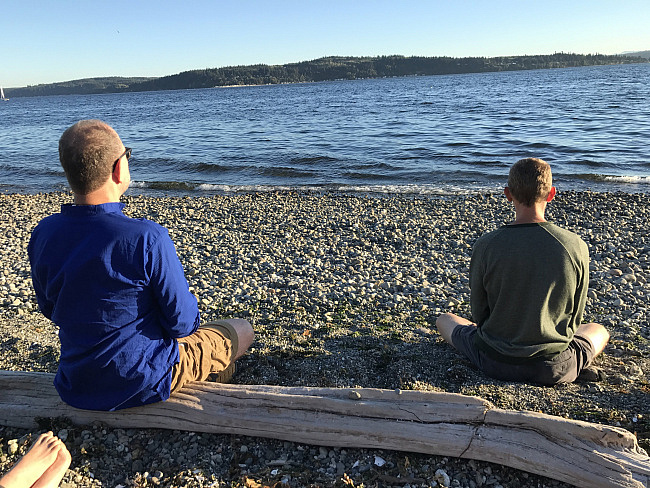
8) Consciously Withdraw the Energy From the Body
Practice the Hong-Sau Meditation Technique; it is one of the most sacred techniques of yoga because of its ability to interiorize and focus the mind.

9) To Develop Concentration, Do One Thing at a Time, and Do It Well!
When you really want something, it is difficult not to think about it! Concentrate with interest on whatever you do, and you will find yourself absorbed in it.

10) Pray for Concentration and Devotion
Sincerity means having the support of one’s whole being. Pray for sincerity of effort in your meditation practice!
Ananda Course in Meditation
A 10-week online course with in-depth instruction in scientific meditation techniques that bring more peace, deeper relaxation, and focused concentration to every area of your life.
Learn more